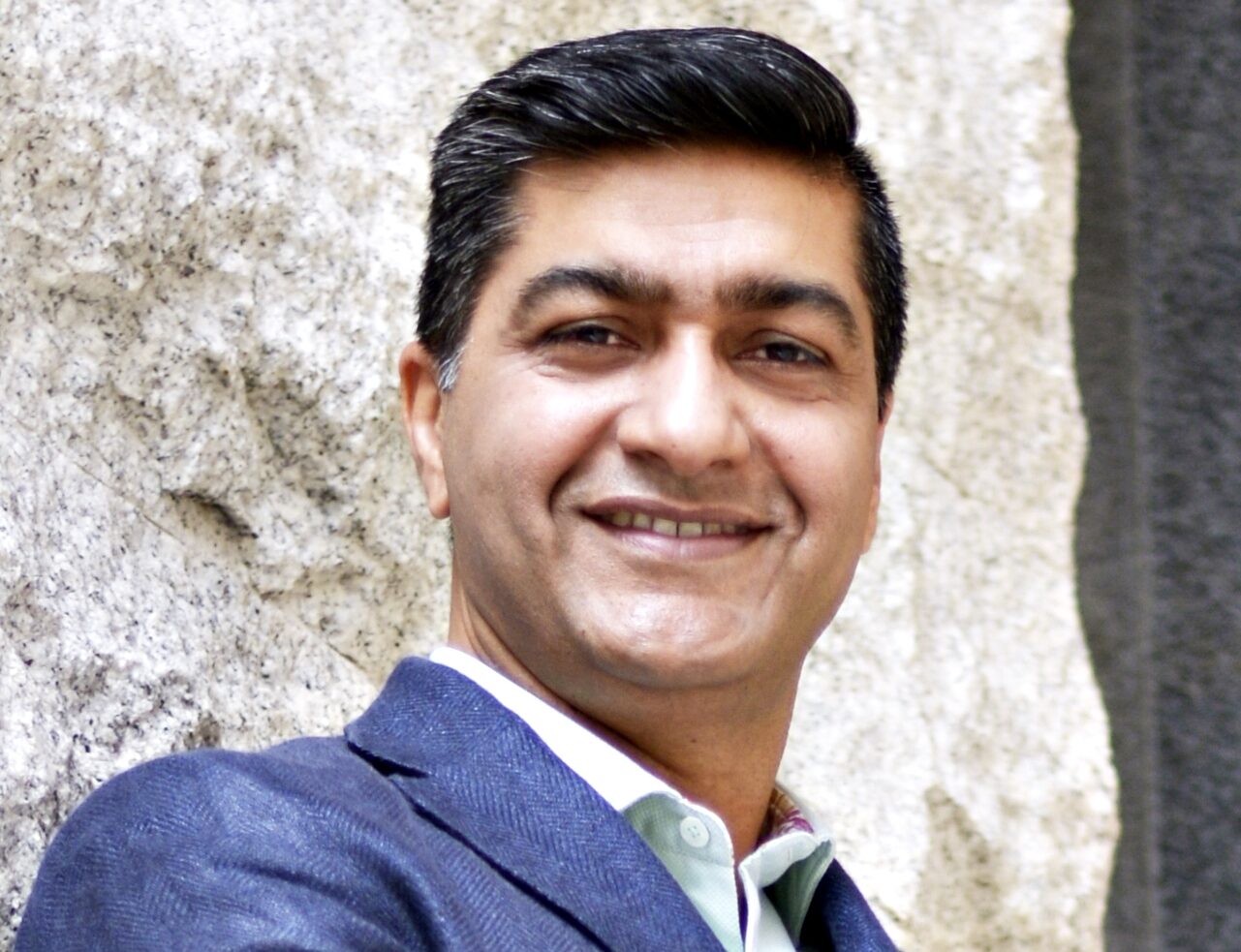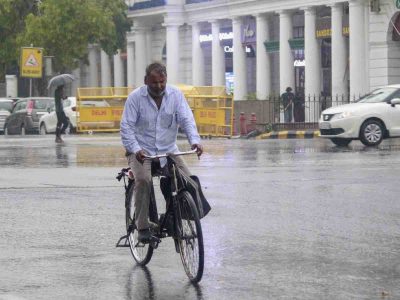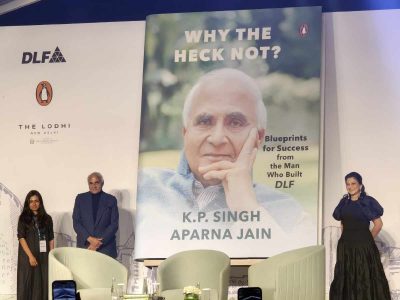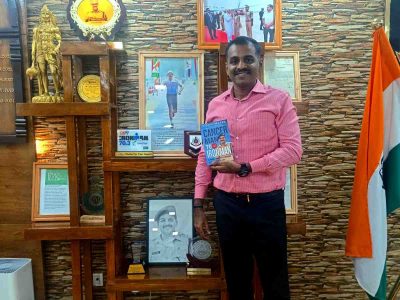Roli Books’ imprint Showcase has long been known for glossy coffee table books. This monograph is a celebration of the work of CP Kukreja Architects (CPKA), the firm which has worked in 44 countries across the world. In this review, photographs of only the Delhi buildings have been carried.
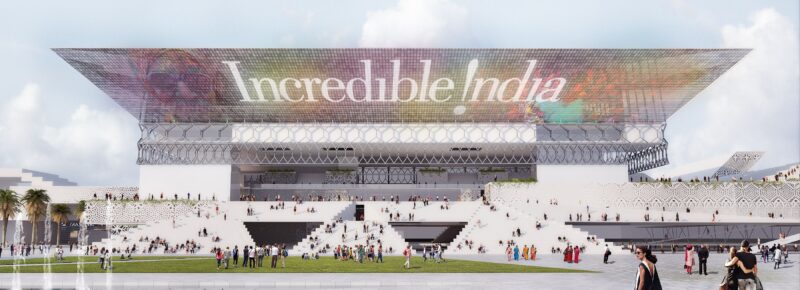
The firm’s repertoire includes stunning campus buildings of IIM (Lucknow and Bodh Gaya), Central University of Rajasthan (Ajmer), Gautam Buddha University (Greater Noida), which give these institutions an unforgettable, unique aura that is in itself inspirational for students pursuing higher education. As Thomas Vonier, president of the Paris-based Union Internationale des Architect writes in the Foreword, quoting Winston Churchill, ‘We shape our buildings and thereafter they shape us.’
But first, the back story. In the post-Nehruvian period, “The country embarked on a mission to de-colonize itself and re-introduce its architectural identity,” writes his son Dikshu C Kukreja, co-author of the book. After studying abroad, CPK returned to his country to build it brick by brick – not only institutions under government contract but also residential townships. His insights into tropical architecture led him to look for sustainable solutions and also an aesthetics where the building would merge comfortably with the natural topography.
Once established, CPKA went on to build the Parliament building in Baghdad, a five-star hotel in Russia and embassies in Africa. It kept pace with the modern era by designing the Logix City Centre in Sector 32, Noida, where a microcosm of a city was built on six acres with a five-star and a four-stay hotel, an Olympic-size ice skating rink, and a curved office tower.
Architecture is not just about awe-inspiring grandeur but providing the right kind of space in which to live and work. The complex built for public sector giants like BHEL, SAIL, NBCC and HUDCO are an example of ‘smart office planning’ as there are no pillars in the centre of halls and natural light is allowed to filter in.
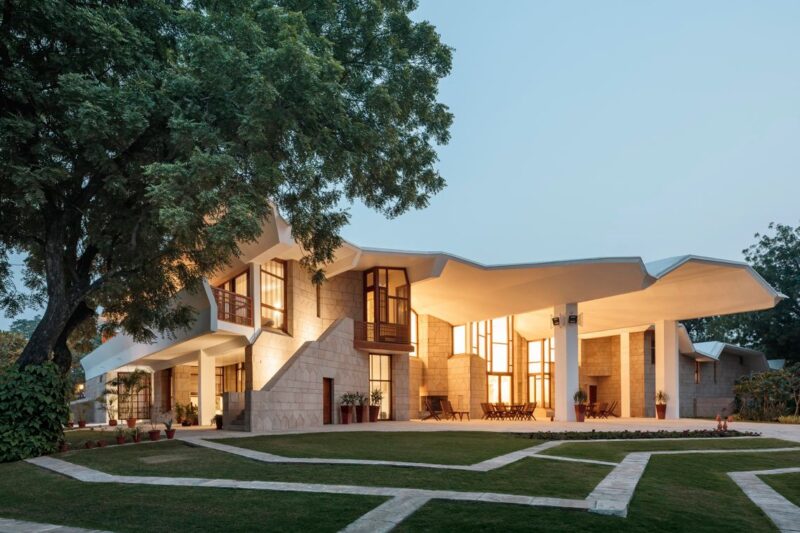
Similarly, ‘Industrial building design requires a different approach and expertise. Efficient planning of production sequence and speedy construction techniques determine the form and materials used for the building,’ the book tells us. The Perto industrial facility in Jaipur, built by CPKA, got multiple awards and is regarded as the best designed industrial facility in India. It has pergolas, patterned columns and courtyards which provide a buffer between the steel buildings in the hot desert climate. Big brands like Havells, Tata Cummins, Apeejay Global Logistics Park and Tata Motors, scattered across different parts of the country.
For CPKA, it’s not just about swanky hotels, malls and offices. There is also the Interstate Bus Terminal in Noida sprawled over 50 acres, which will change the image of the humble bus forever. The multiple level terminal has a futuristic look with its free-flowing character and an extravagant look usually expected of airports. Thrown in for good measure are musical fountains, performance plazas, amphitheatres and outdoor exhibition spaces. There’s anther one coming up at Dwarka, which they boast will become ‘an icon for futuristic urban development.’
CPKA: Five decades of India’s Built Environment by Arunima Kukreja and Dikshu C Kukreja, Roli Books Showcase, Pages: 370
For more stories that cover the ongoings of Delhi NCR, follow us on:
Instagram: https://www.instagram.com/thepatriot_in/
Twitter: https://twitter.com/Patriot_Delhi
Facebook: https://www.facebook.com/Thepatriotnewsindia

